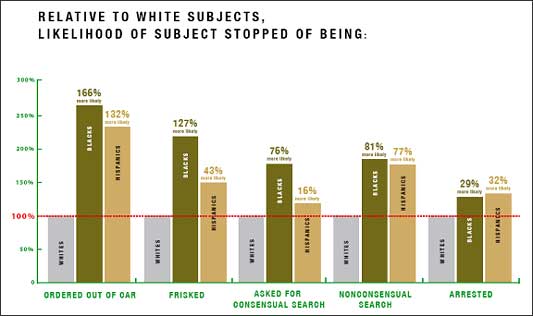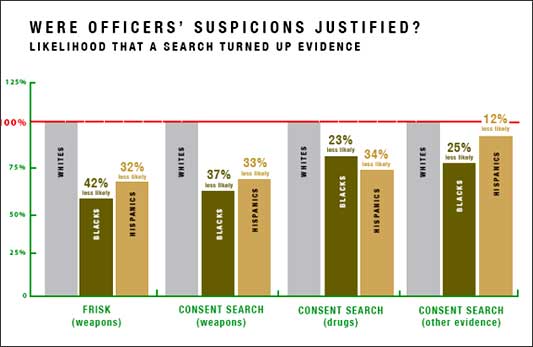 In this five minutes, Jay Smooth attacks the “politics of respectability” and attacks it hard. What exactly will happen, he asks, if Black men pull their pants up? Affordable housing? Well-funded schools? Job opportunities? What is this politics really about? Our shame, internalized racism, and sense of helplessness, he says.
In this five minutes, Jay Smooth attacks the “politics of respectability” and attacks it hard. What exactly will happen, he asks, if Black men pull their pants up? Affordable housing? Well-funded schools? Job opportunities? What is this politics really about? Our shame, internalized racism, and sense of helplessness, he says.
Lisa Wade, PhD is an Associate Professor at Tulane University. She is the author of American Hookup, a book about college sexual culture; a textbook about gender; and a forthcoming introductory text: Terrible Magnificent Sociology. You can follow her on Twitter and Instagram.








